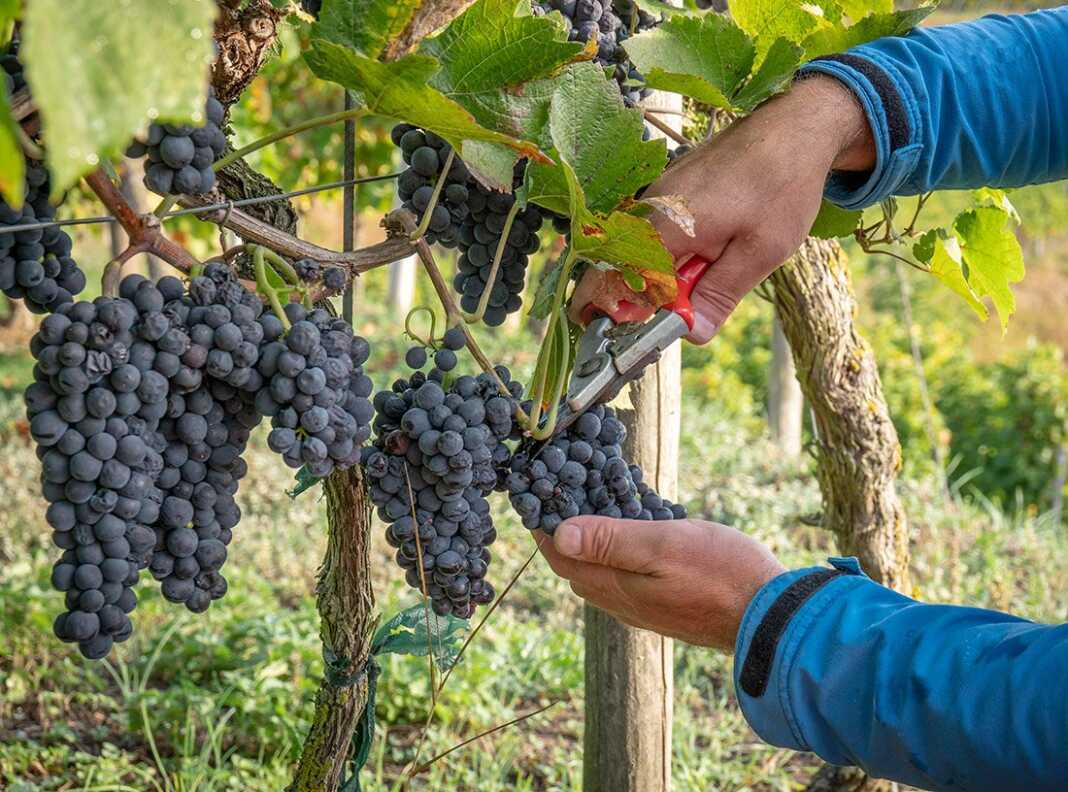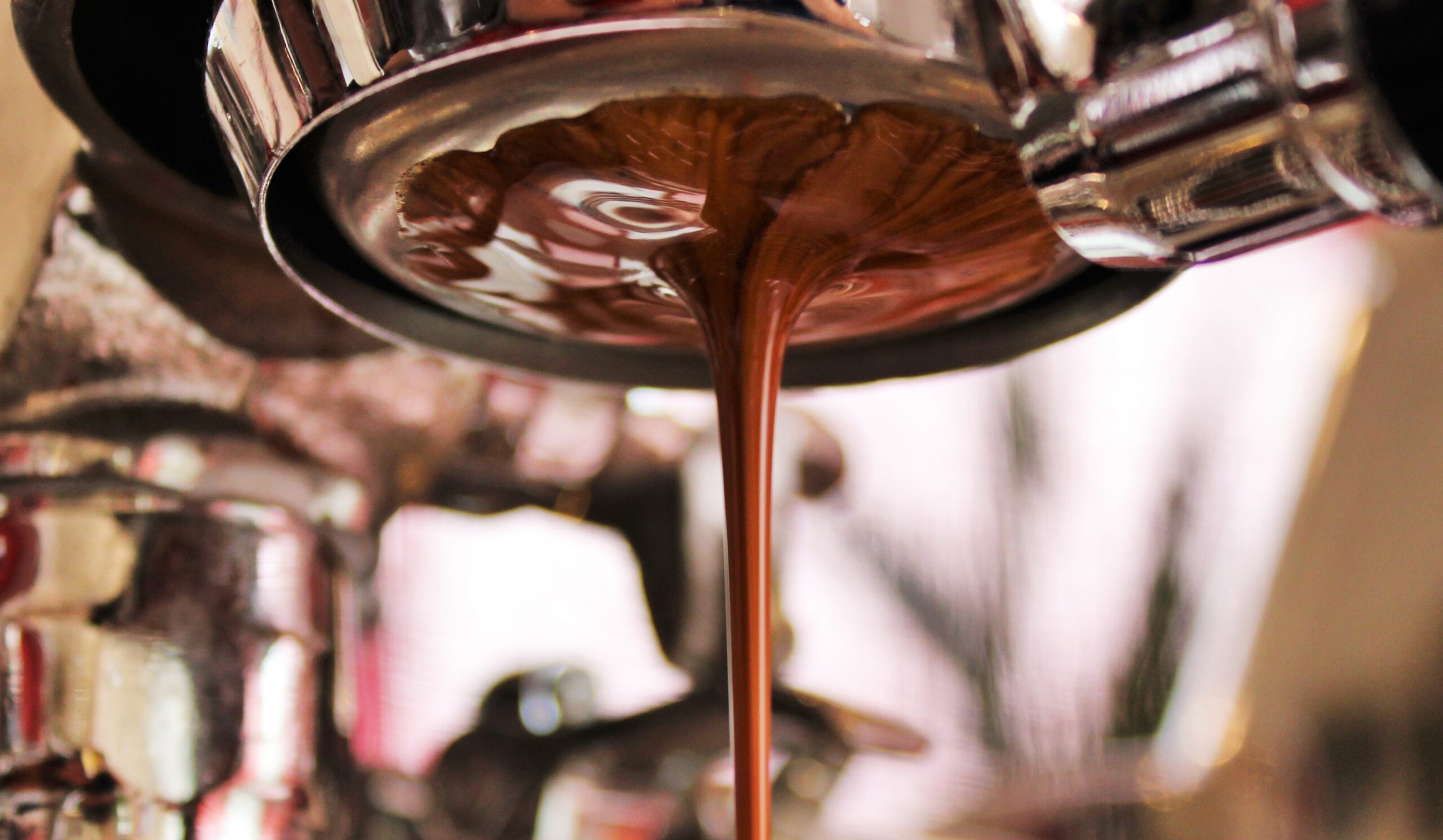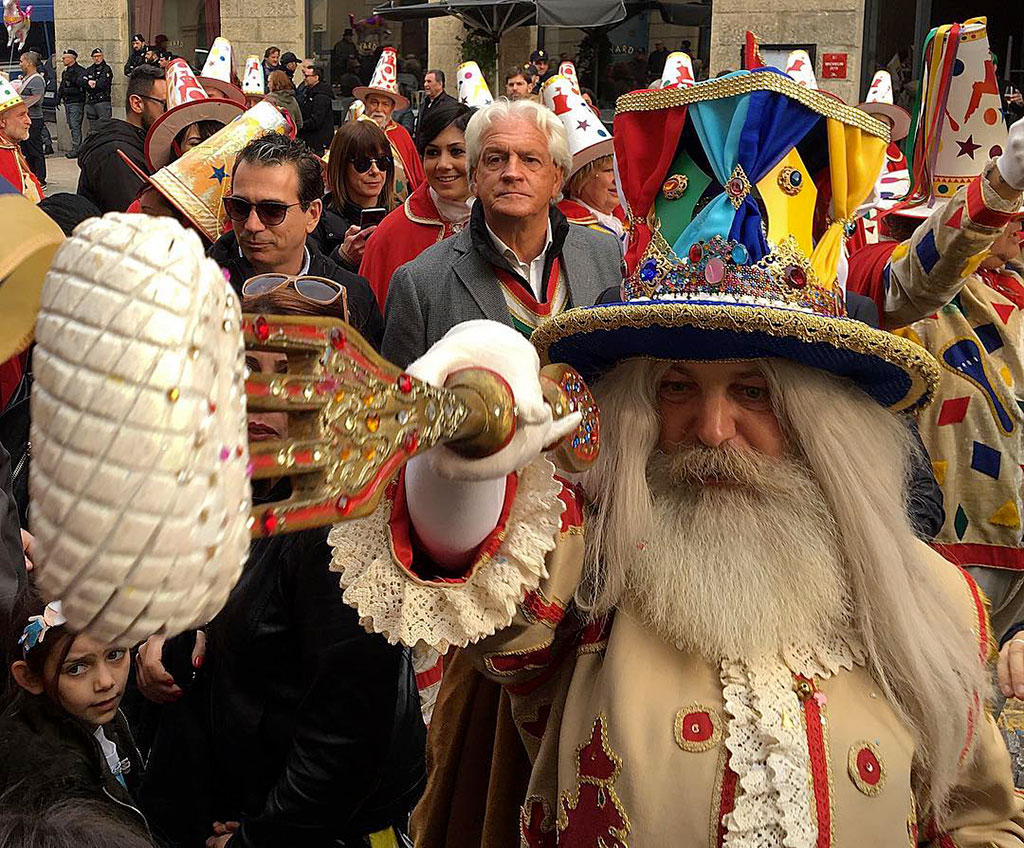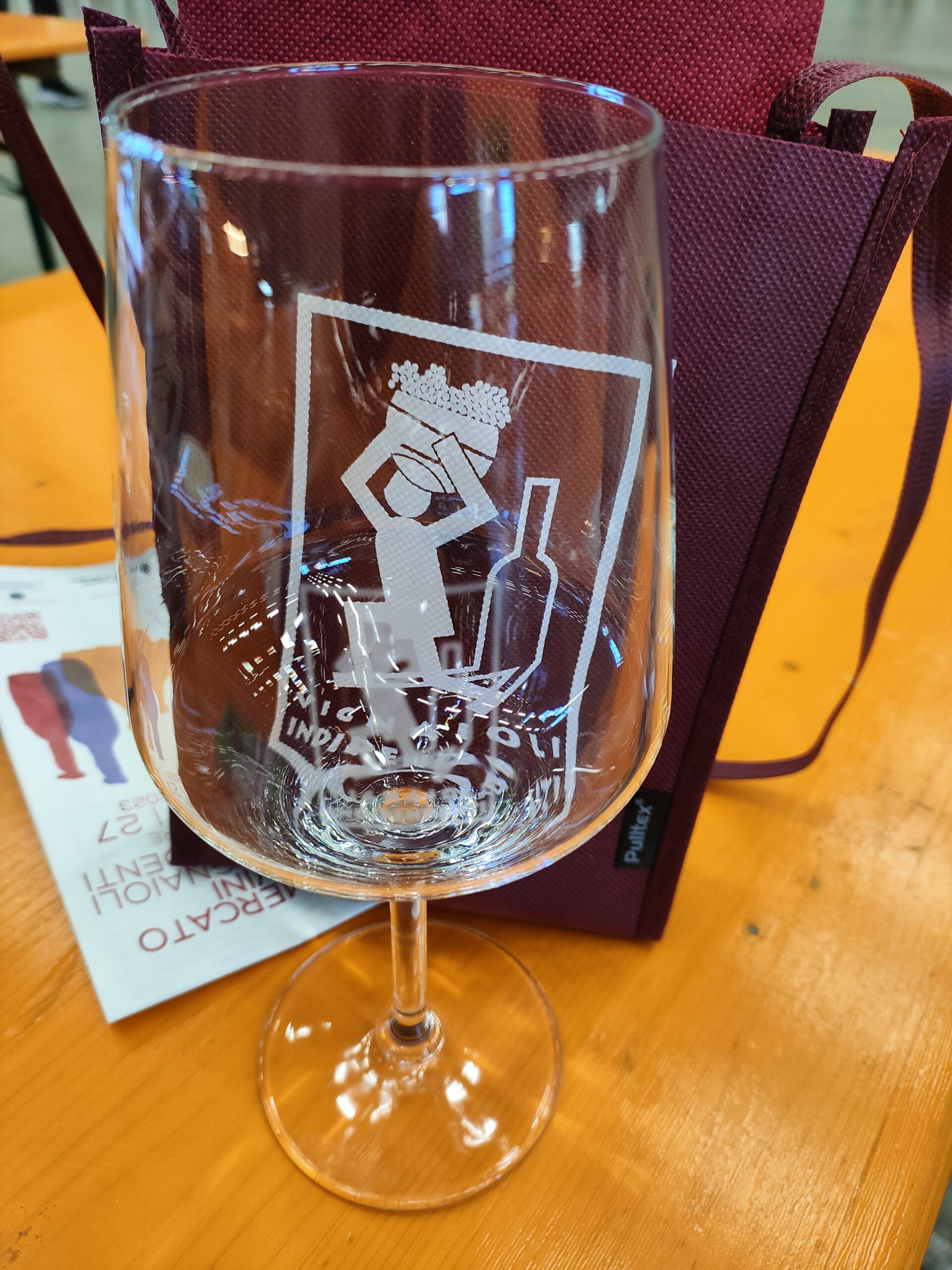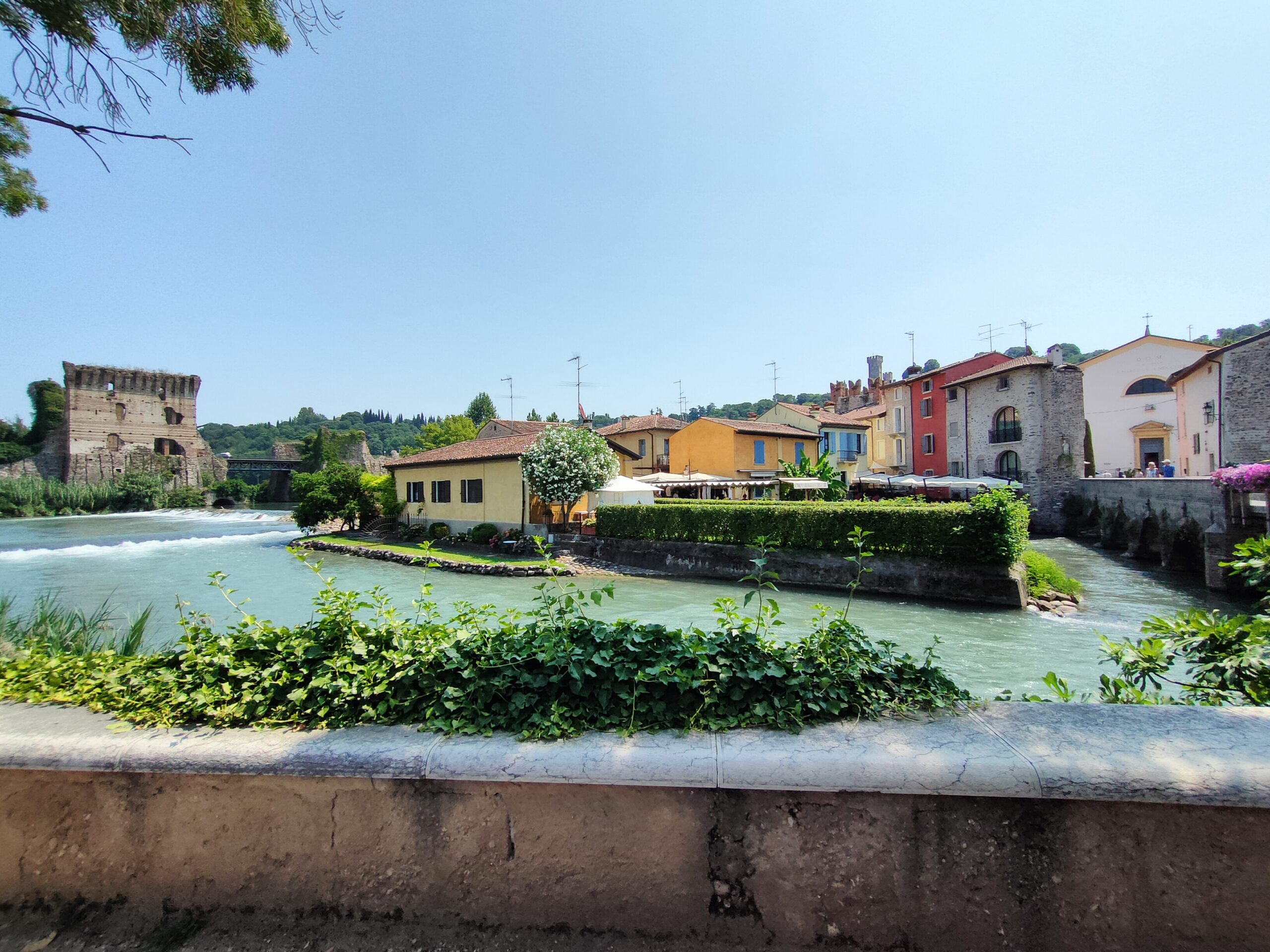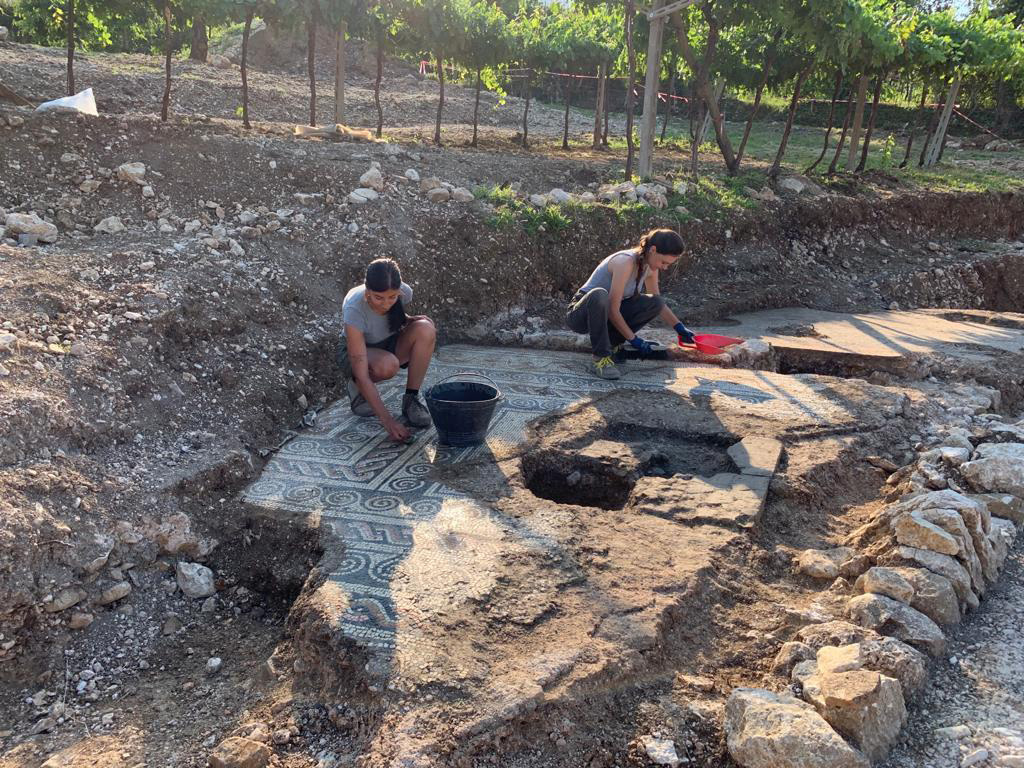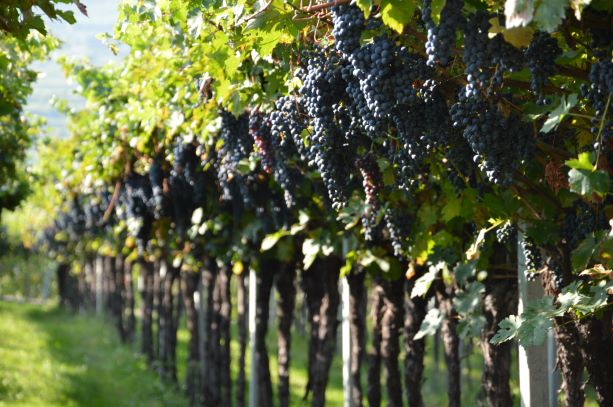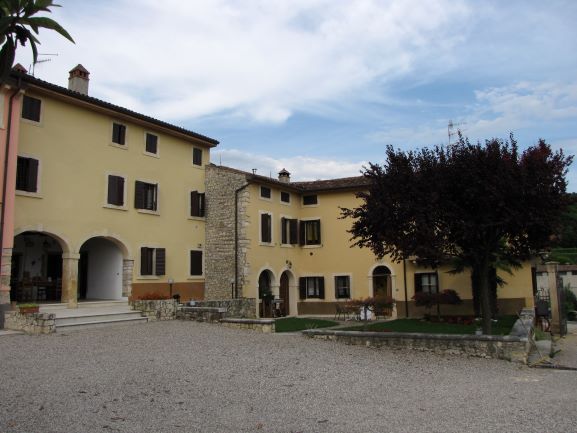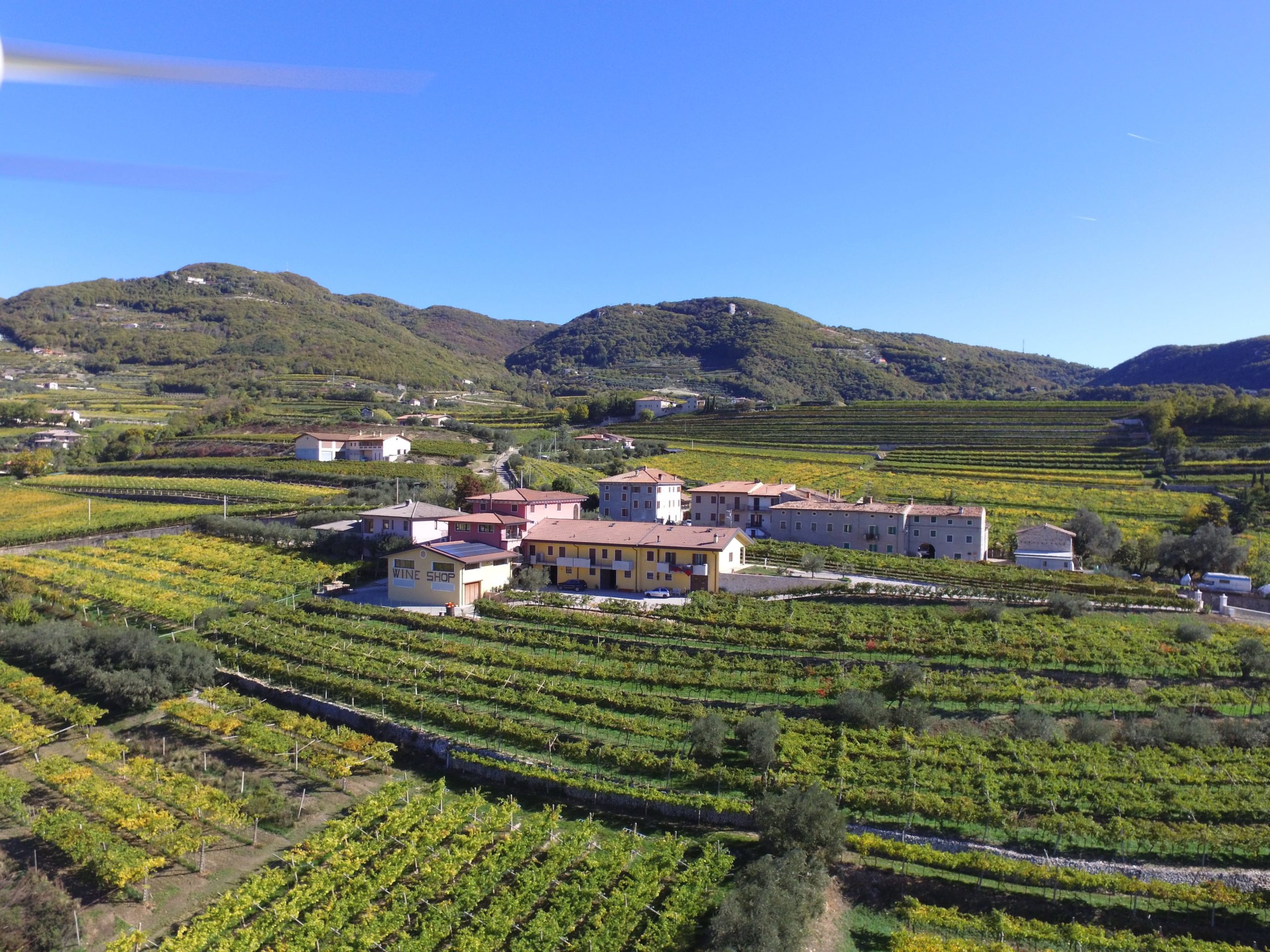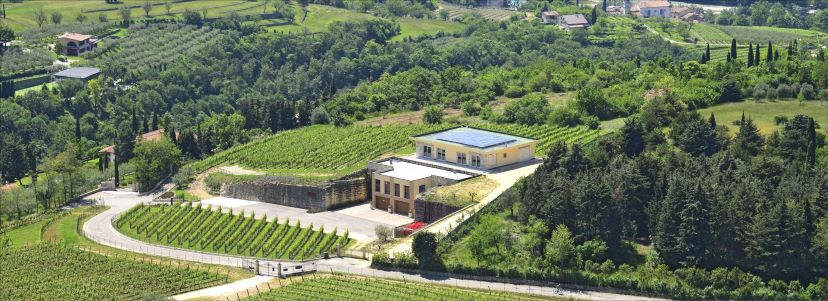While the bunches in the vineyards timidly begin to change color, and the heat of the summer months is felt intensely, here we are with a new proposal. If you are going to spend some time in Verona between the end of September and the beginning of October, we are organizing two event days dedicated […]
Dear friends of Pagus, we finally find ourselves on this blog again, with a completely renewed look. And finally we can reveal to you the new tour, which we have been working on for a few months now! Espresso & Amarone, a tour that combines the aromas of coffee with those of Amarone della Valpolicella, […]
February, and more precisely the week before the start of Lent, is the month in which the Carnival celebrations culminate in Verona. It is a real Bacchanal (the “Bacanàl del Gnoco“), that is, a wild parade in which all social conventions are subverted, accompanied by the distribution of food to the population. It is one […]
From 25th to 27th November, the “Independent Winegrowers’ Wine Market” took place, as every year since 2011. This event, now in its twelfth edition, is organized by FIVI, the Italian Federation of Independent Winegrowers, a non-profit organization that aims to promote and protect the figure, work, interests and needs of the independent Italian winemaker, understood as the […]
The perennial roar of water, the mills, the nature, the enchanted atmosphere: here is Borghetto, a fairy-tale village of medieval origins, nestled on the border between Veneto and Lombardy. This tiny fraction of Valeggio sul Mincio is in fact a real pearl that has nothing to envy of places much better known for history, culture, events […]
We can say that there are 2 things that an Italian fears most of all: carbonara with cream and digging his own land. For the first question we will write a specific article, right now you just need to know that no, no cream in carbonara. The second question comes from the richness of the […]
What about visiting a winery where you can also overnight? Today we take you to Le Bignele, a winery where the passion for hospitality has led its owner to open a B&B. A magical place in the middle of Valpolicella where you can taste, sleep and fall in love with the family who runs the […]
Today we take you to Marano, the central valley of Valpolicella classica. Here you will meet Fernando and Silvia, a young couple with two kids and a great love for their work as winemakers. Let’s discover Corte Archi, a place where life and work go hand in hand. From the great grandma to the fourth […]
There is strength in numbers can be the motto of Fratelli Vogadori (litteraly Vogadori brothers), the winery we are going to talk about today. Fratelli Vogadori winery is a beautiful place set on the hills of Negrar, the Eastern valley of Valpolicella classica. Here three brothers run their winery in a traditional yet innovative way. […]
Who said that wine making is a man’s job? Today we take you to Piccoli winery, where two young sisters run together their family boutique winery. Let’s meet Veronica and Alice and let’s discover their story. Piccoli winery Femininity, art and passion are the key words to describe this winery. The location itself is a […]


